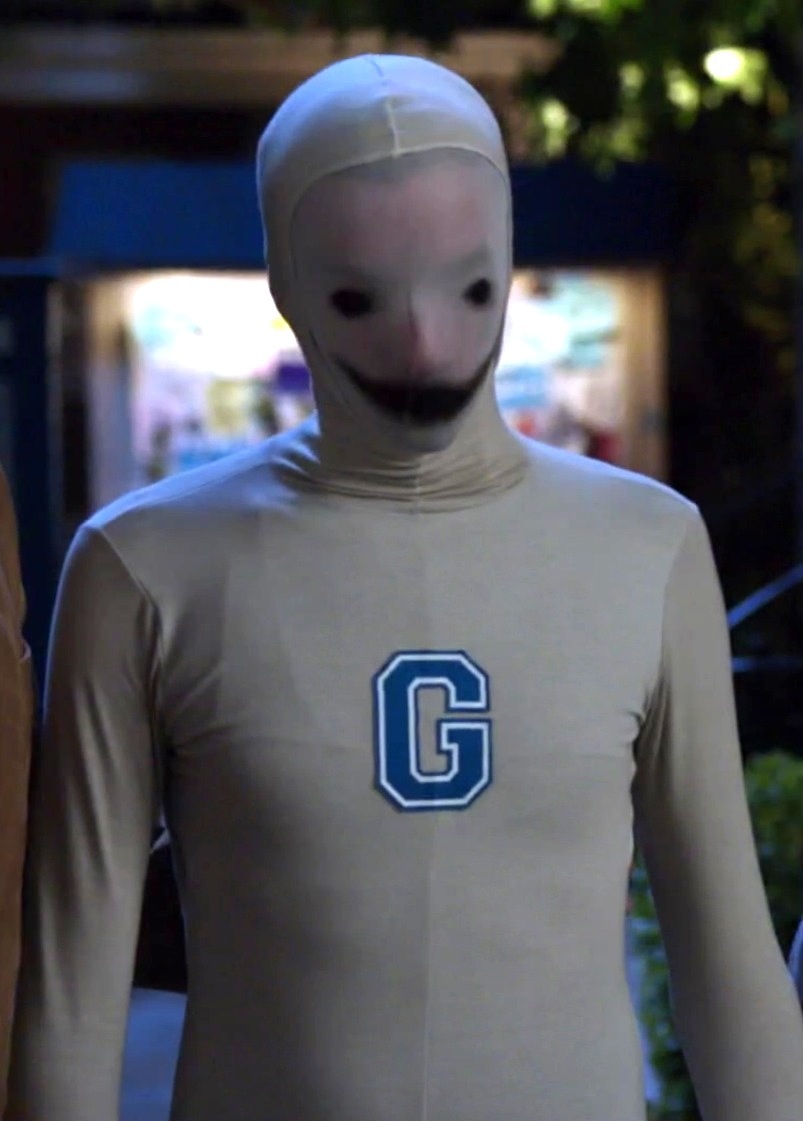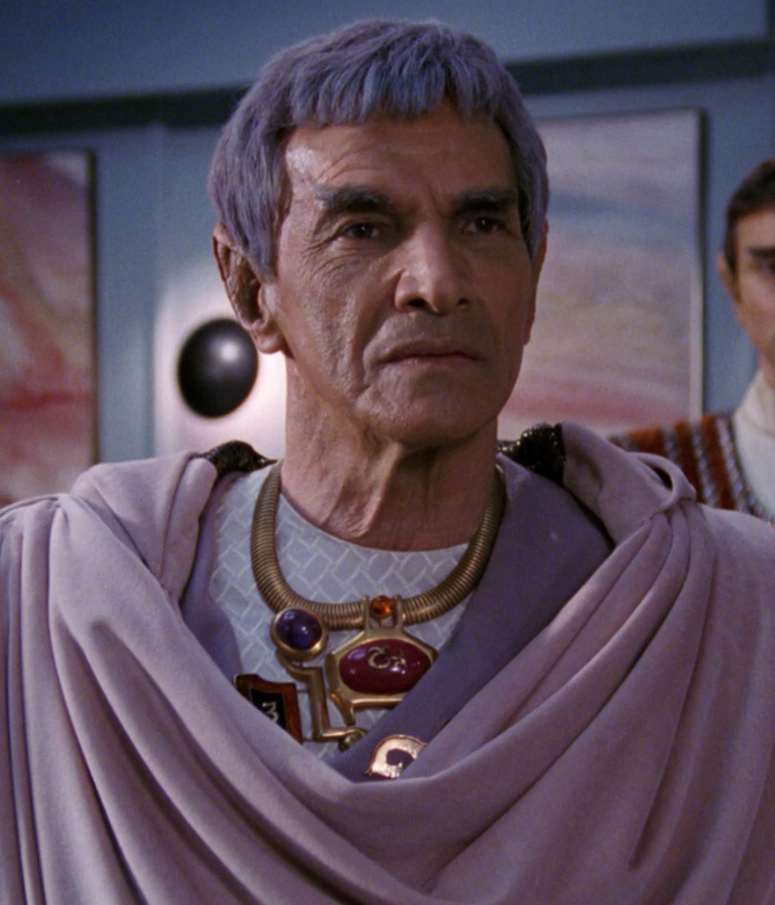2013 CZ Advent Calendar: December 6th
Dec 6, 2013 19:27:50 GMT -6
For Getting Sarek Honor likes this
Post by The Human Being on Dec 6, 2013 19:27:50 GMT -6
2013 CZ Advent Calendar - December 6th
Rudolph The Red Nosed Reindeer
by violincatherine
Rudolph The Red Nosed Reindeer
by violincatherine

This link includes the full movie, as well as many online:
What is the meaning of Christmas?
Granted, this question has been trod and re-trod in countless church sermons and newspaper articles. But “Rudolph the Red-Nosed Reindeer” worked some peculiar magic on my household this week. I will let you witness the miracle. First, I’ll present some production notes.
When I signed up for the CZ advent calendar and chose this show, it was because it was a show I remembered from childhood, on TV every year, comforting in its familiarity. The Rankin/Bass company specialized in two things for many years: stop-motion animation and traditional cel animation, mainly holiday-themed TV specials. The main animators were Japanese, and their traditional cel animators were the precursor to Studio Ghibli. I first learned about “The Hobbit” from a Rankin/Bass traditional cel animation production, released in 1977.
The Rankin/Bass holiday TV specials are mostly based on popular holiday songs, and feature a well-known singer/actor as the narrator. (http://en.wikipedia.org/wiki/B.... In the case of “Rudolph the Red-Nosed Reindeer”, it was created based on a song of the same name.
Robert L. May, a copywriter for Montgomery Ward, created the Rudolph character for a coloring book giveaway in 1939. His brother-in-law, Johnny Marks, adapted the character into a song. When Gene Autry recorded “Rudolph” in 1949, it became and instant hit and sold millions of copies.
When NBC decided to air “Rudolph the Red-Nosed Reindeer” TV special with GE as the primary ad sponsor in 1964, it wanted a big name star. Burl Ives, famous folk singer, came on board as the narrator and primary singer. Johnny Marks, who wrote the “Rudolph” song, also wrote the other songs for the TV show’s score. “Holly Jolly Christmas” and “Silver and Gold” (from the show), became standards for Burl Ives on his own album, released the following year.
In its initial broadcast, “Rudolph” received a 55 percent audience share. In 1995, that number went up to 65 percent. “Rudolph” is consistently one of the highest-rated shows on TV, and is currently owned by DreamWorks and aired on CBS.
The plot follows the plot of the song, with a few embellishments. Sam the Snowman (narrator, performed by Burl Ives), tells the tale of a young red-nosed reindeer, son of Donner, who is an outcast at home and at the Coach Comet-led and Santa-judged Reindeer Games. The only exception is Rudolph’s girlfriend, Clarice (her father forbids her from seeing Rudolph, however).
There are two more parallel misfit plots: Hermey the Elf doesn’t want to make toys; he wants to be a dentist. As Hermey and Rudolph meet (they both run away from home); they encounter the prospector and icepick-sniffer, Yukon Cornelius, who saves them from the primary antagonist, the reindeer-eating and long-toothed Abominable Snowmonster. Their escape route, an icepick-dislodged iceberg, floats to the Island of Misfit Toys (which comprises the third and final misfit plot). King Moonracer, a flying lion who searches the earth every night for forgotten and unloved toys, tells Rudolph, Yukon, and Hermey to ask Santa to pick up the misfit toys and deliver them to children who can love them.
Rudolph, worried his bright nose is drawing too much attention from the Abominable Snowmonster and endangering his friends’ lives, heads off on his own. As he returns home, he finds that his parents, Mr. and Mrs. Donner, and his girlfriend Clarice, have been searching for him for several months. He finds them, about to be eaten, at the Abominable Snowmonster’s cave.
When all hope is lost, Yukon Cornelius and Hermey arrive, using pig noises and well-timed avalanches at the doorway to stun the Snowmonster. While the Snowmonster is knocked out, Hermey removes his teeth. However, the danger is not over, as Cornelius and the Snowmonster fall off a cliff and are presumed
dead.
When Rudolph and Hermey arrive at Santa’s castle, there are numerous apologies and attempts to make amends. Hermey starts a dental practice. Yukon and the Snowmonster arrive; everybody is frightened until Yukon shows that he is tamed and able to put stars on top of trees with his great height. Yukon licks his icepick outside again, excited to discover a peppermint mine. Next, Santa finally has the epiphany that Rudolph can help guide the sleigh through the terrible winter storm that just started. Their first stop is the Island of Misfit Toys, and the credits roll with the theme song and the misfits each receiving an umbrella to fall gracefully to earth.
Songs:
“Jingle, Jingle, Jingle”
“We Are Santa’s Elves”
“There’s Always Tomorrow”
“We’re a Couple of Misfits” (original and current broadcasts)
“Fame and Fortune” (1965-97 broadcasts; this was not in my copy)
“Silver and Gold”
“The Most Wonderful Day of the Year”
“A Holly Jolly Christmas”
“Rudolph the Red-Nosed Reindeer”
Some production notes: “Fame and Fortune” replaced “We’re a Couple of Misfits” for thirty years at the request of Willard Saloff, chairman of the board of General Electric, presumably (nobody knows for sure) due to concerns about the message of the misfit song. A quick analysis of the chords for “Holly Jolly Christmas” shows that it is, chord-wise, virtually identical to “Rudolph the Red-Nosed Reindeer”. The original broadcast did not include a return trip to the Island of Misfit Toys; that trip was added later after a massive viewer write-in campaign to NBC. When the trip was added, though, some items were cut or rearranged to make room. The original cuts took out the elf band, Hermey riding Rudolph, Yukon discovering the peppermint mine(which took away the context for all his icepick-licking), and the original end credits (this included the names of all the technical staff, written on presents that an elf in Santa’s sleigh held up and tossed overboard). The current edited version restores everything but the original end credits.
“Rudolph the Red-Nosed Reindeer” brought Japanese stop-motion animation techniques into the mainstream. The style is very primitive and the movements are jerky, but the character design, set design, and colors are vibrant and masterfully done. The plot, which simply embellishes the song and adds two extra misfit plots, family and coworker dynamics, an additional two friends and a love interest for Rudolph, and an antagonist, leaves a few unanswered questions. Santa, in particular, rages at the elves for their terrible singing, shuns Rudolph for the red nose two or three times, and won’t keep himself fat in his off season, much to Mrs. Claus’s consternation. I find his general surliness to be the main problem with the plot, along with the mysterious “death” and “resurrection” of Yukon Cornelius and the Abominable Snowmonster. Also, once you make a pet out
of a toothless Snowmonster, and ask it to put stars on top of trees, you then have to feed it (I suppose you have to implant new teeth first), clean up after it, and find something for it to do in the off season.
In general, though, the misfit plot is a good idea for children’s television. It presents ideas of self-acceptance and perseverance in spite of odds and societal resistance.
The songs whose titles you recognize are all wonderful; “Rudolph” and “Holly Jolly” deserve their places in the general Christmas canon. "Silver and Gold" is melodically not very interesting, and the message, which appears to fetishize precious metals, is a little bit warped. All versions of the misfit song and its reprises, from Hermey, Rudolph, and then the two as a duo, were also lovely. The rest of the songs are forgettable. The notion of adult choruses on songs is a novelty, though, so that provided entertainment value.
When I signed up to cover this show on the CZ Advent TV calendar, I remembered it through the hazy fog of childhood. It was always on, in the background, at every family Christmas function. Every so often, you heard the loud hum of Rudolph’s nose, or maybe the roar of the Abominable Snowmonster.
Oddly, as I approached actually reviewing this show, I had enormous resistance, even though I picked it. As I turned the car radio on, I could not escape the sleigh bell-ridden Christmas carols. I became increasingly enraged that the ruling class used SLEIGH BELLS as a Pavlovian cue to encourage me to buy things (in my
case, I am still resisting the pull of $58 Lancome makeup kits and $150 Calvin Klein dresses, neither of which I currently need). I am not sure why John Lennon’s “Happy Xmas (War is Over)” played every time I turned on the radio, but eventually I learned to stop turning on the radio. (Note: I love that song, but it's just overplayed now.)
Some context: Rudolph was originally created as a coloring book giveaway for Montgomery Ward’s in 1939. So everything about Rudolph, and about Santa, now fills me with indescribable rage. The idea of brainwashing children into a consumerist mindset, using elaborate cult-like symbols and creating false gods, and tapping into human greed when parents are unable to resist falling into the buying trap? Well done, manufacturing and ruling class. Well done.
Also, I didn’t realize that the show was an hour long. So I turned it on, heard sleigh bells, and angrily turned it off again. How was I going to get through an hour of additional brainwashing, Pavlovian nonsense? GE originally sponsored “Rudolph” as a way to sell home appliances with the “General Electric Family Hour”. If you bought a GE appliance, you received a small 45rpm record of TV show tunes.
But then the miracle occurred. My husband Steve, born in 1960 (the show was originally broadcast when he was 4 years old), had no idea of my inner turmoil. I asked him if he would like to watch “Rudolph the Red-Nosed Reindeer” with me. He said, with a look of wonder on his face, “This is my favorite TV show of all time.” The look on Steve’s face was the tipping point; I finally realized what this show really was about. We both cooed with delight over the songs, became genuinely concerned over the misfits, and whimpered when the Abominable Snowmonster appeared. I was able to step into the world of a child again. Steve fell asleep midway through the show, tired from overwork, and the first thing he asked when he woke up was if Rudolph was okay and what happened to the
Snowmonster.
So on its own merits, separate from the consumerist machine which created and sustained it, “Rudolph the Red-Nosed Reindeer” serves as a brilliant conveyor of the wonder and joy of childhood. Once I sat still long enough, it made me remember everything good that happened to me during the holidays. I remembered with a
special poignancy when I was young enough that I believed the elves in this “Rudolph” were real, that they were working on toys for me, that Santa knew I was a good girl, and that Rudolph would lead the sleigh to my house.
And that, my friends, is the meaning of Christmas: "Rudolph" converted my stony, resisting heart back to love again. It made a believer out of me again. Maybe I won’t buy things to prove my love to anyone, but I realized I still believe in Santa Claus.
Because I am Santa Claus.



